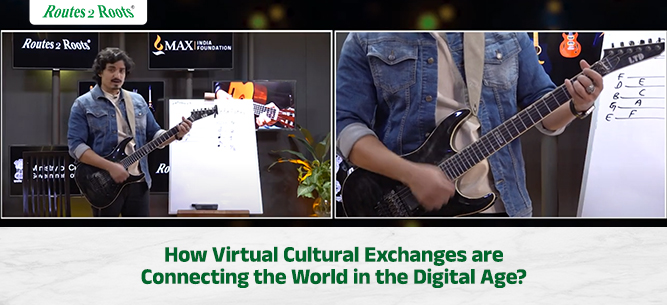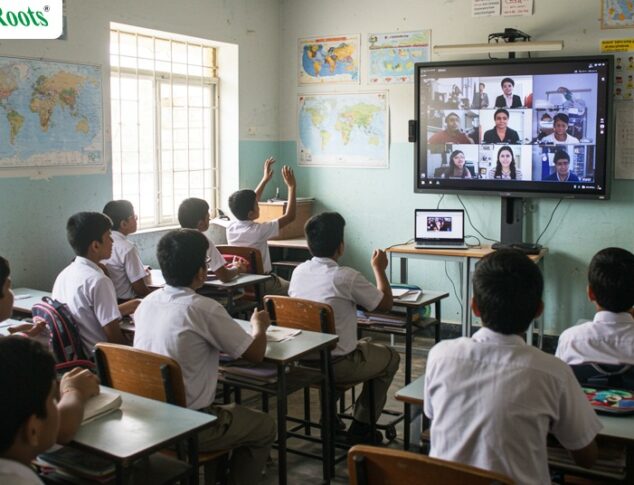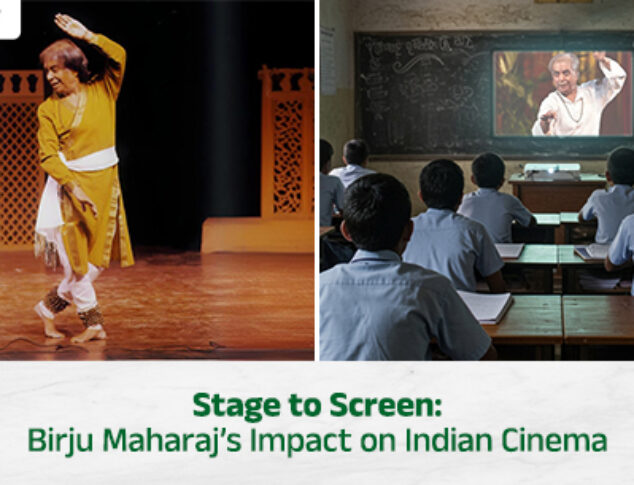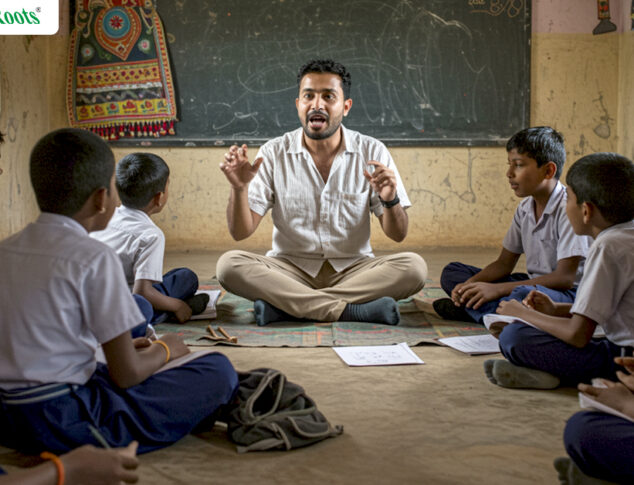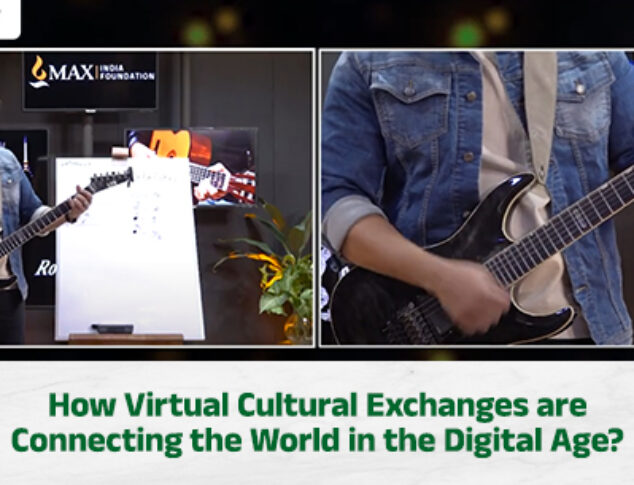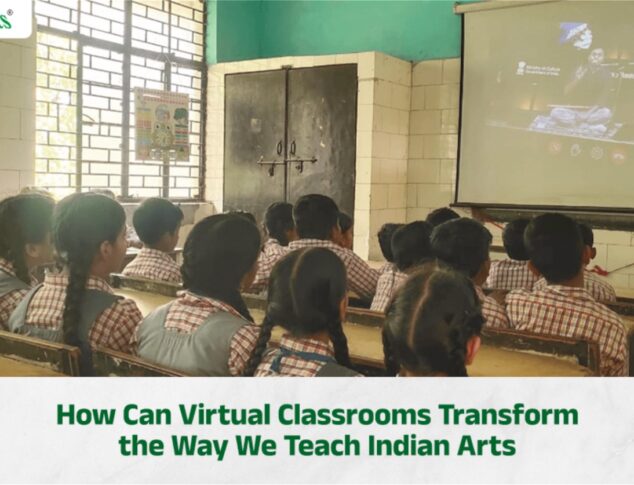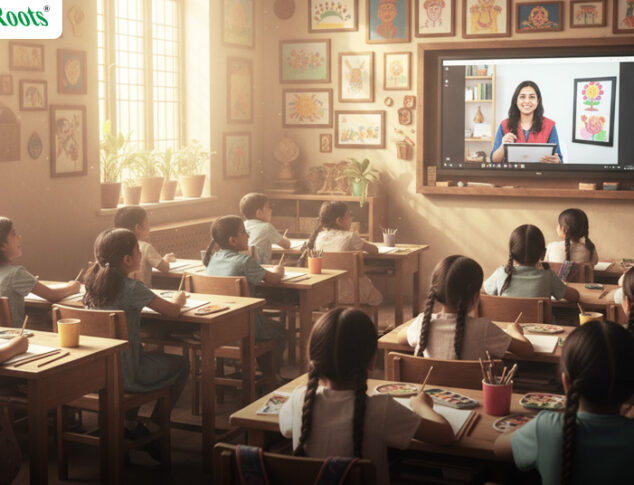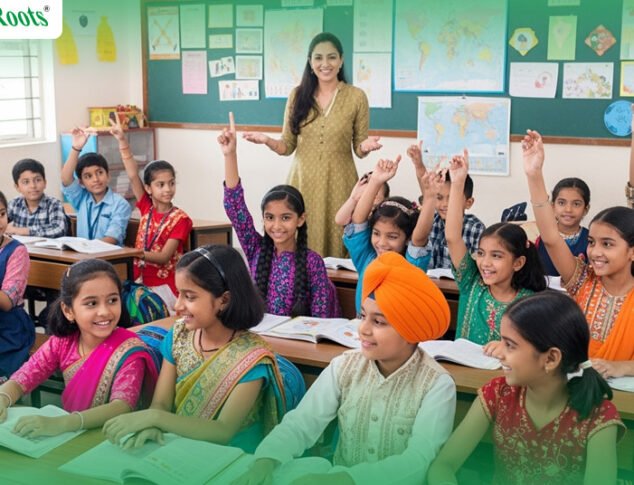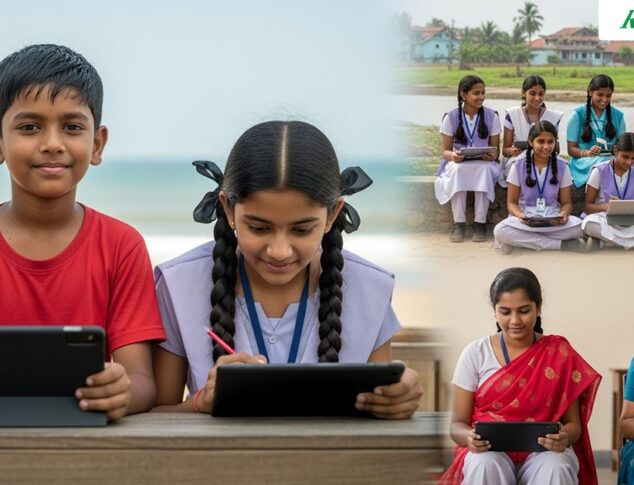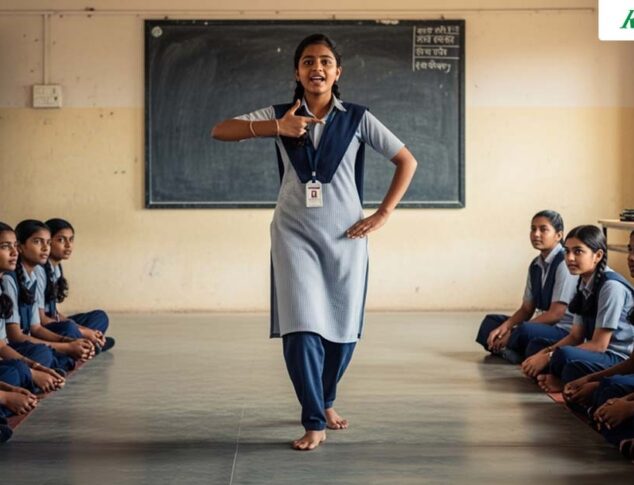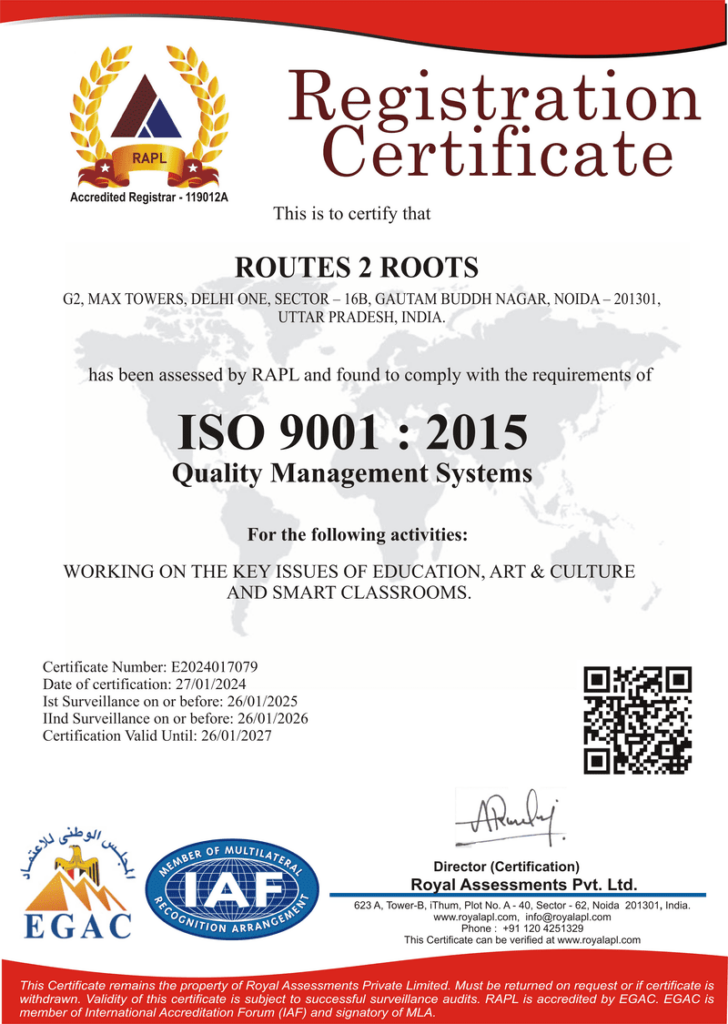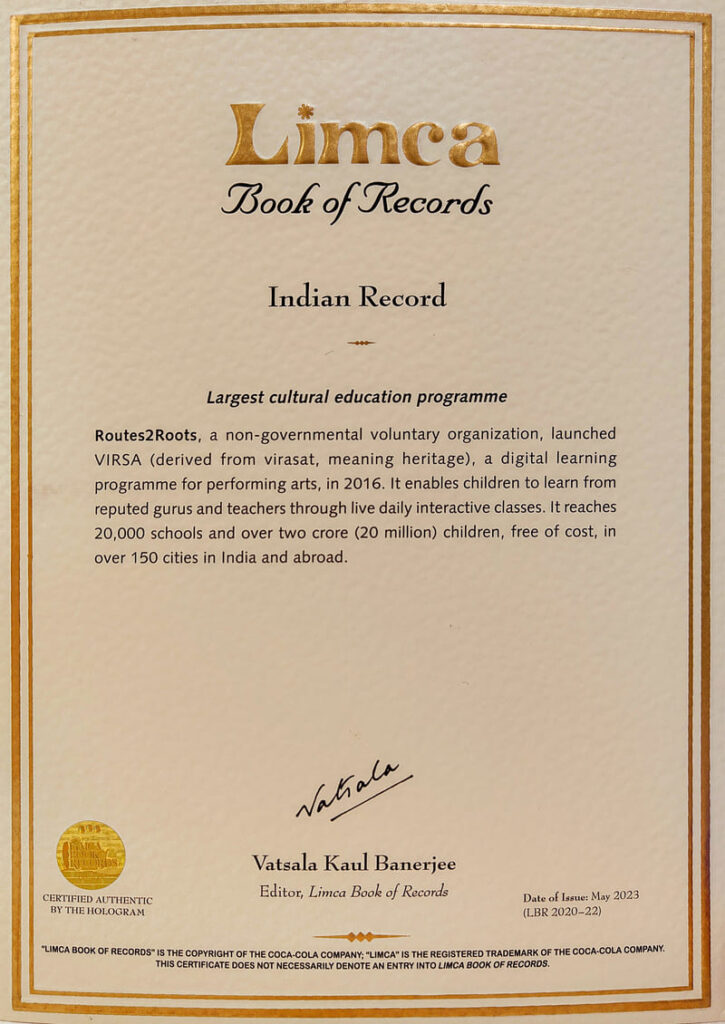In an era where the internet has blurred borders, culture has found a new home—online. Virtual cultural exchanges are redefining the way we connect, learn, and share traditions across continents. Through digital platforms, students, artists, and educators are experiencing global cultures without leaving their homes. But how exactly is this shaping the world, and why does it matter?
The Rise of Virtual Cultural Exchanges
Cultural exchange has always been a bridge between communities, allowing people to understand diverse perspectives and traditions. Traditionally, this happened through travel, study-abroad programs, or international collaborations. But with the advent of digital learning, cultural exchange has evolved beyond physical boundaries.
From live-streamed music performances to interactive storytelling sessions, the internet is bringing cultures closer, making learning immersive and accessible. This is particularly significant for students in remote areas who may not have had exposure to global cultures otherwise.
The Role of NGOs in Cultural Education
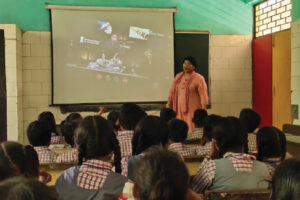
Many organizations are playing a crucial role in making virtual cultural exchanges more structured and impactful. Art education NGOs in India are leveraging technology to introduce young minds to global arts, traditions, and languages. Initiatives by cultural NGOs in India are ensuring that students, especially those in underserved areas, get access to world cultures through online interactions.
For instance, Routes 2 Roots, a leading non-profit organization, has been at the forefront of such initiatives. Their cultural education programs are designed to connect students across different countries, allowing them to engage in meaningful dialogue about their heritage, art, and traditions. By integrating digital tools into their curriculum, they are creating a new-age classroom where cultural diversity thrives.
How Digital Learning is Making Cultural Exchange More Interactive
Many organizations are playing a crucial role in making virtual cultural exchanges more structured and impactful. Art education NGOs in India are leveraging technology to introduce young minds to global arts, traditions, and languages. Initiatives by cultural NGOs in India are ensuring that students, especially those in underserved areas, get access to world cultures through online interactions.
For instance, Routes 2 Roots, a leading non-profit organization, has been at the forefront of such initiatives. Their cultural education programs are designed to connect students across different countries, allowing them to engage in meaningful dialogue about their heritage, art, and traditions. By integrating digital tools into their curriculum, they are creating a new-age classroom where cultural diversity thrives.
How Digital Learning is Making Cultural Exchange More Interactive
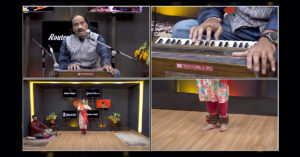
Unlike traditional methods, digital platforms provide an immersive learning experience. Here’s how:
1. Virtual Classrooms and Storytelling Sessions
Interactive video sessions with educators and artists from different parts of the world allow students to experience diverse cultures firsthand. Imagine learning Indian classical dance from a guru in Delhi while sitting in a classroom in London!
2. Digital Learning Art Programs
A growing number of NGOs for art and culture are introducing digital learning art programs where students can create art, music, and crafts inspired by different traditions. These programs not only nurture creativity but also instill appreciation for global artistry.
3. Online Cultural Festivals and Collaborations
Organizations are hosting virtual cultural festivals where artists from different countries perform, teach, and exchange ideas. These events foster cross-border friendships and a sense of global unity.
4. AI and Virtual Reality in Cultural Education
Emerging technologies like virtual reality (VR) are taking cultural education to the next level. With VR, students can take a virtual tour of historical monuments, traditional art workshops, or even indigenous communities—experiencing culture in a way never imagined before.
Why Virtual Cultural Exchanges Matter Now More Than Ever
As the world becomes more interconnected, understanding and respecting different cultures is essential. Digital learning ensures that cultural heritage is preserved, celebrated, and shared beyond borders. More importantly, it fosters global citizenship, helping students develop empathy, curiosity, and a broader worldview.
With organizations like Routes 2 Roots pioneering digital cultural exchange programs, the impact is profound—empowering the next generation with knowledge, creativity, and a deep appreciation for diversity.
A Future Without Borders
The digital age has revolutionized the way we perceive and engage with culture. What was once limited to textbooks or physical travel is now an interactive, borderless experience. As technology continues to evolve, virtual cultural exchanges will only become more dynamic, ensuring that learning and cultural appreciation know no limits.
By embracing digital cultural education, we are not just connecting students to the world—we are shaping a future where cultural understanding becomes second nature.






